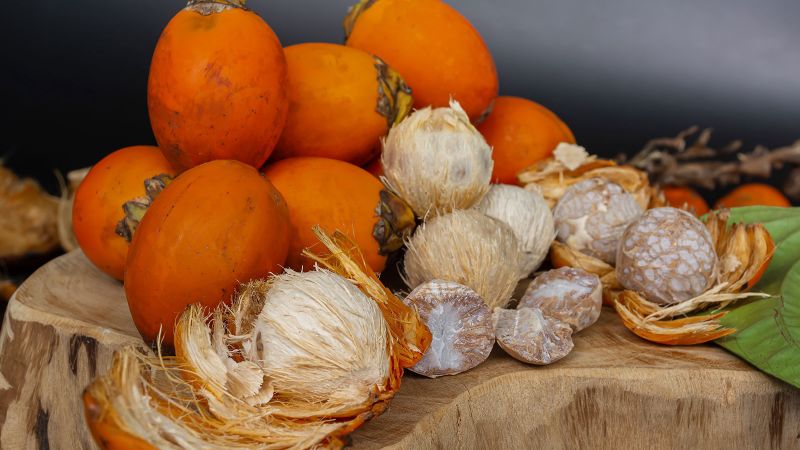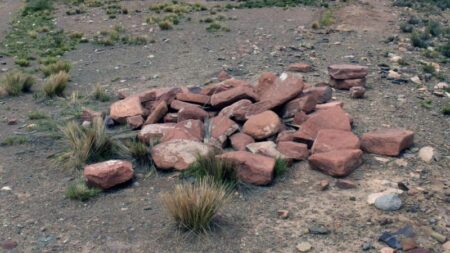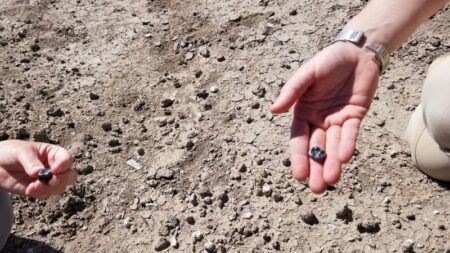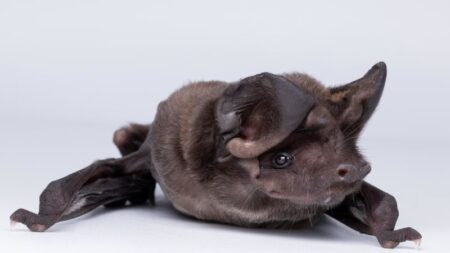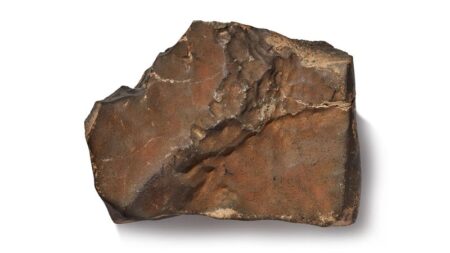For the first time in archaeological research, advanced scientific methods have been employed on 4,000-year-old dental plaque, successfully confirming the presence of betel nut chewing among ancient communities in Thailand. This groundbreaking discovery not only sheds light on the consumption patterns of prehistoric people but also signifies the potential for using scientific techniques to understand dietary and cultural habits that were previously obscured by time.
Betel nuts, often chewed in combination with slaked lime, ground nuts, and betel leaves, contain psychoactive compounds that can lead to a state of heightened energy, alertness, euphoria, and relaxation. This ancient practice is believed to be the fourth most commonly used psychoactive substance globally, following caffeine, alcohol, and nicotine, with millions of users across different cultures. Recognized for its lingering staining effect on teeth—ranging from red to black—betel nut usage has been traced back for at least 8,000 years, primarily identified through plant fragments or noticeable tooth discoloration at archaeological sites.
However, the distinct achievement of the current research team lies in their ability to detect betel nut consumption in an individual without any identifiable dental stains. The study, published in the journal “Frontiers in Environmental Archaeology,” presents what researchers claim to be the earliest direct biochemical proof of betel nut use in Southeast Asia, predating previous findings by a significant margin of at least 1,000 years. According to the primary author, Piyawit Moonkham, an archaeologist at Chiang Mai University, this striking revelation emphasizes that visible evidence may not always capture the entirety of ancient practices.
Employing a cutting-edge and minimally invasive method, the research team successfully extracted tiny plaque samples from the teeth of individuals found at the Nong Ratchawat burial site, a Neolithic location in central Thailand. Their techniques relied on liquid chromatography-mass spectrometry (LC-MS), allowing them to isolate and identify various chemical compounds accurately. The extraction process allowed the scientists to establish a control sample, mimicking ancient chewing practices by combining dried betel nut, red limestone paste, piper betel leaves, catechu bark, and even tobacco with human saliva.
After conducting preliminary tests with these modern control samples, the team analyzed the ancient plaque samples and successfully identified trace alkaloids associated with betel nuts, including the primary psychoactive compounds, arecoline and arecaidine, in three samples from an individual designated as “Burial 11,” believed to have been around 25 years old.
The innovative research methodology demonstrates an exciting trajectory for archaeological studies. Experts in the field, such as Thanik Lertcharnrit from Silpakorn University, have noted the potential of this approach to inform us about prehistoric cultures, yet the technique’s application within archaeology remains limited. The study signifies a notable advancement in residue analysis, a pioneering endeavor that holds the promise of revealing hidden historical narratives.
Dr. Melandri Vlok, a bioarchaeologist, emphasized the importance of this study’s findings, particularly in terms of the unique methodologies employed to extract significant information from dental calculus—something not previously achieved in this context. The sophisticated equipment used, including an advanced mass spectrometer, while often inaccessible to many researchers, is becoming more commonplace among prominent laboratories like Harvard and Max Planck, paving the way for further archaeological advancements.
As society grapples with the public health implications of betel nut use, the study provides not only historical insights but also the prospect of understanding the socio-cultural significance of this practice. Moonkham’s personal connection to betel nuts—rooted in fond childhood recollections of relatives enjoying this tradition—highlights the significance of continuing to explore how betel nut has shaped communal bonds, hospitality, and even ritualistic interactions throughout generations.
Moving forward, researchers are embarking on further explorations of the Nong Ratchawat site, hoping to analyze additional skeletal remains for further evidence of betel nut usage. They also intend to explore the broader implications of the betel nut tradition, which may span across social, religious, and medicinal realms, thus enriching our understanding of ancient practices. As the technique applied in this study continues to evolve, it opens numerous avenues for understanding ancient diets and cultural narratives unique to specific regions and societies.






